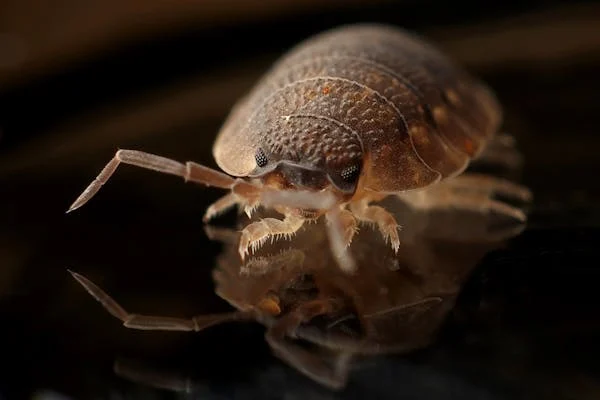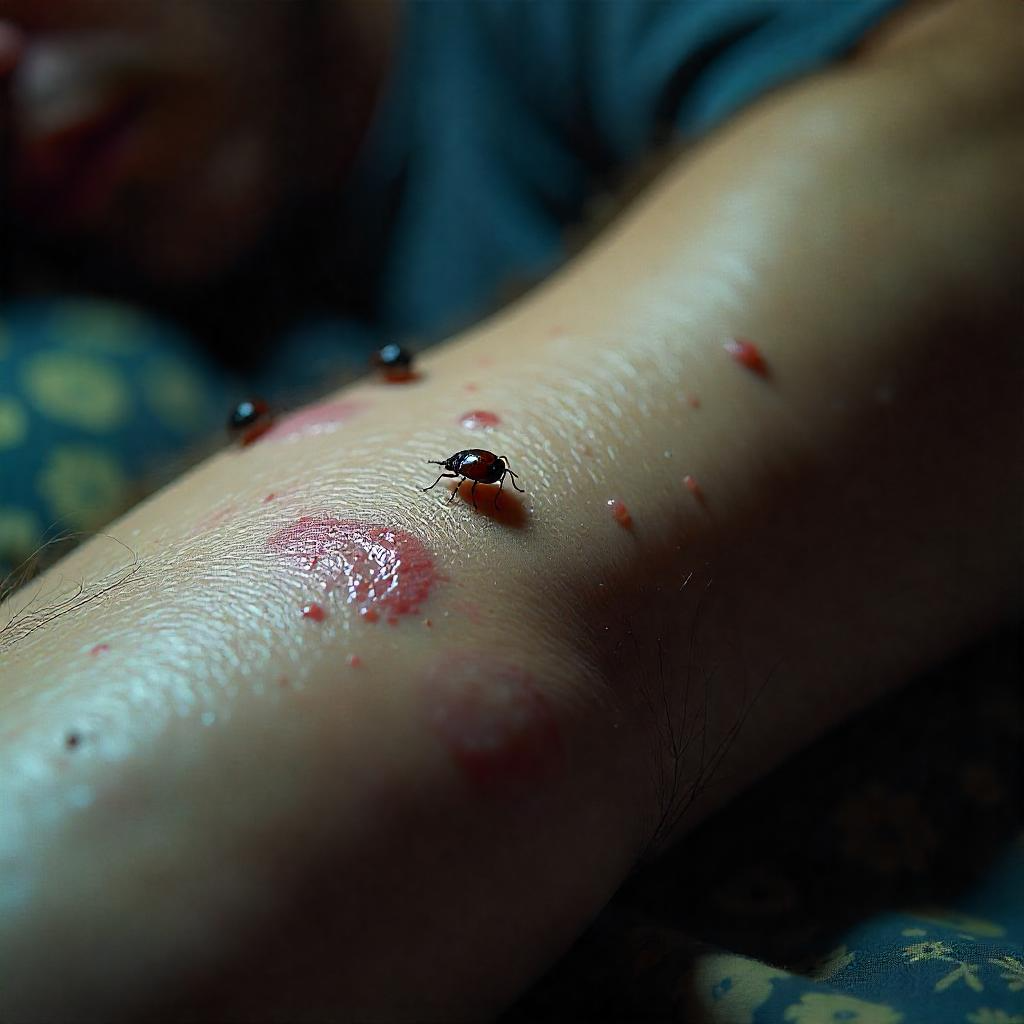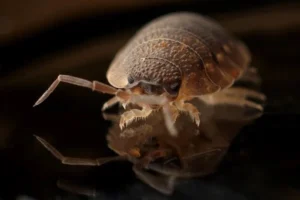Bed bugs are developing genetic resistance… Is the era of pesticides over?

In an exciting scientific discovery, a new study has revealed that bed bugs have developed genetic resistance to insecticides, enhancing their ability to survive despite the use of strong toxins against them.
In an exciting scientific discovery, a new study has revealed that bed bugs have developed genetic resistance to insecticides, enhancing their ability to survive despite the use of strong toxins against them.
This genetic mutation could pose a new threat to public health, especially with the resurgence of bedbugs in many places around the world.
This genetic mutation could pose a new threat to public health, especially with the resurgence of bedbugs in many places around the world.
A genetic mutation that helps survive pesticides
The study led by a team of entomologists from Virginia Tech and the state university showed that bedbugs have developed a genetic mutation called the A302S Rdl gene mutation, which is the same mutation found in German cockroaches that gives them resistance to the insecticide “dieldrin”—one” of the pesticides that was used as an alternative to “DDT” in the 1940s. According to the “sciencealert” website for scientific research.
According to the research website “sciencealert,” and according to researcher Warren Booth from the study team, “when we went back to examine many individuals from both groups, we found that each of them carried the mutations.”
According to researcher Warren Booth from the study team, “When we went back to examine many individuals from both groups, we found that each of them carried the mutations.” These mutations were consistent, and they are the same mutation we find in German cockroaches.”
These mutations were stable, and they are the same mutation we find in German cockroaches.
Old pesticides and new pesticides stop working.

Old and new pesticides stop working. Scientists confirm that the genetic mutation shows bed bugs’ ability to adapt not only to old pesticides like DDT but also to modern pesticides like fipronil, which is currently used to combat fleas and household cockroaches.
Scientists confirm that the genetic mutation demonstrates the ability of bed bugs to adapt not only to old pesticides like dieldrin but also to modern pesticides like fipronil, which is currently used to combat fleas and household cockroaches.
Scientists confirm that the genetic mutation demonstrates the ability of bed bugs to adapt not only to older pesticides like DDT but also to modern pesticides like fipronil, which is currently used to combat fleas and cockroaches in homes. Booth added.
Booth added.”The cockroaches that developed the mutation became resistant to both pesticides, and now we have discovered that the same thing is happening with bed bugs,”
“The cockroaches that developed the mutation became resistant to both pesticides, and now we have discovered that the same thing is happening with bed bugs,” while pesticides like DDT were used intensively until the 1990s, Fipronil is considered a modern pesticide that has been mainly used in household pest control, but new research suggests that bed bugs may now be more capable of resisting it.
While pesticides like Dieldrin were used intensively until the 1990s, Fipronil is considered a modern pesticide that has mainly been used in the control of household insects. However, new research suggests that bed bugs may now be more capable of resisting it.
New challenges in combating bed bug infestations
These discoveries open a new door to understanding the evolution of bed bug resistance and increase the challenges in attempts to eradicate them.
These discoveries open a new door to understanding the evolution of bedbug resistance and increase the challenges in attempts to eradicate them. The researchers explained that “bedbugs had sufficient opportunities to be exposed to substances like dieldrin before its use was halted in the 1990s, and now they are capable of resisting fipronil, which continues to be used in flea control for pets.”
The researchers explained that “bed bugs had sufficient opportunities to be exposed to substances like dieldrin before its use was discontinued in the 1990s, and now they are able to resist fipronil, which continues to be used in flea control for pets.”
Researchers explained that “bed bugs had sufficient opportunities to be exposed to substances like dieldrin before its use was discontinued in the 1990s, and now they are able to resist fipronil, which continues to be used in flea control for pets.” Scientists expect this study to provide deeper insights into how these genetic mutations develop, with the resurgence of bedbugs in many places around the world.
Booth said, “If bed bugs have developed resistance to the most common pesticides, the biggest challenge now is finding innovative ways to combat them effectively.”
Booth said, “If bed bugs have developed resistance to the most common pesticides, the biggest challenge now is finding innovative ways to combat them effectively.”




